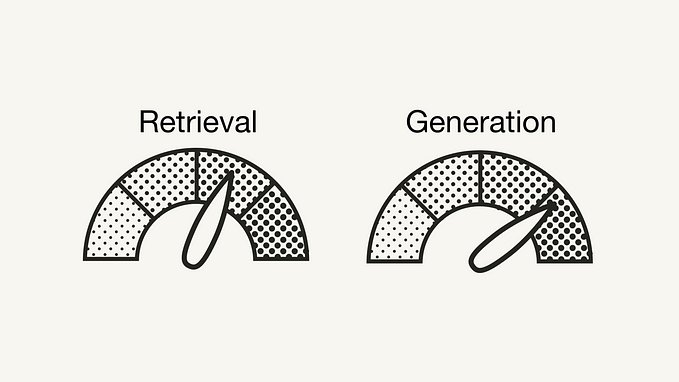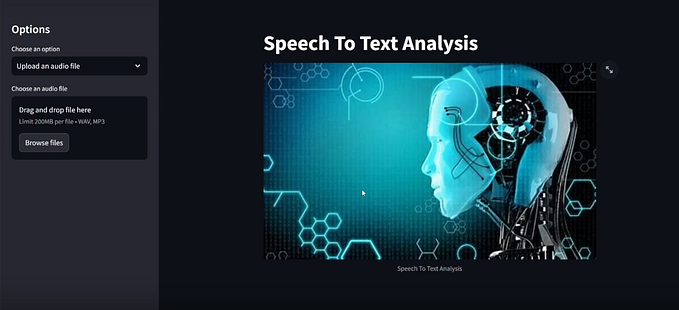Data Augmentation Techniques for Audio Data in Python
How to augment audio in waveform (time domain) and as spectrograms (frequency domain) with librosa, numpy, and PyTorch

Deep Learning models are data-hungry. If you don’t have a sufficient amount of data, generating synthetic data from the available dataset can help improve the generalization capabilities of your Deep Learning model. While you might already be familiar with data augmentation techniques for images (e.g., flipping an image horizontally), data augmentation techniques for audio data are often lesser known.
This article will review popular data augmentation techniques for audio data. You can apply data augmentations for audio data in the waveform and in the spectrogram:









